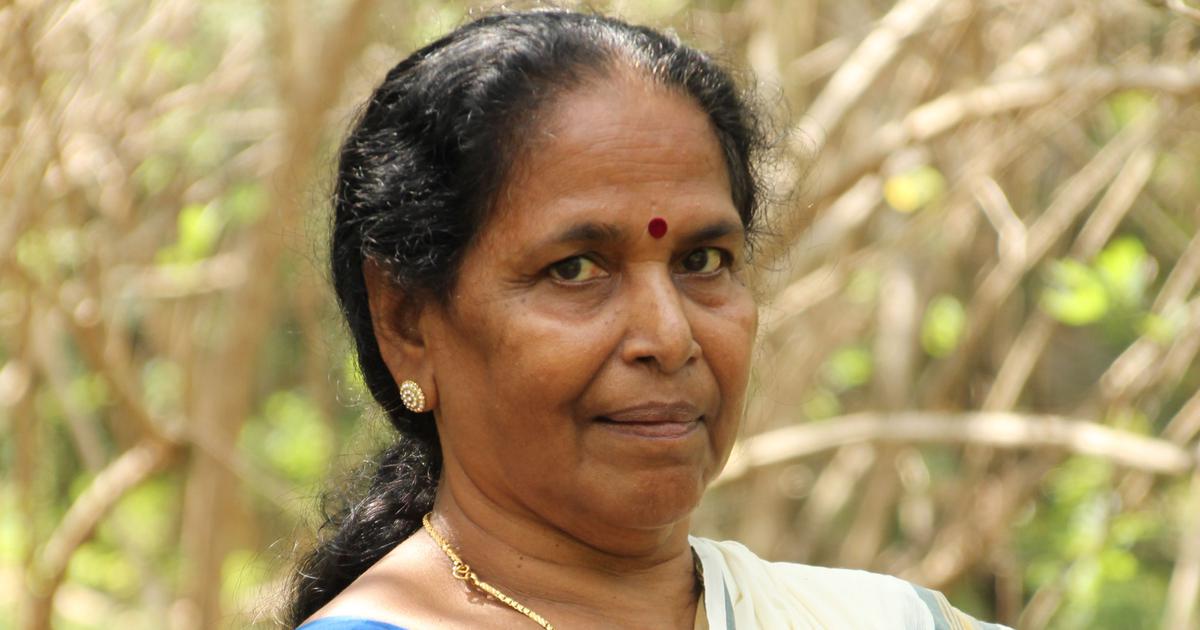Romantic Encounters of a Sex Worker is not a run-of-the-mill account that delves into the torturous conditions of prostitution. Instead, it is exactly what it claims to be. Amidst a flurry of books that bait the readers with the dehumanisation that comes with the line of sex work, it explores the tender sites of ambiguity where a sex worker has more autonomy than a domesticated woman.
At the same time, she is tyrannised by longing and lack of belongingness. In this case, it was Nalini Jameela, the author and protagonist, longing to see her son. It is an anthology of stories dealing with various human interactions surrounded by pride, pettiness, camaraderie and power dynamics.
The structure and tone of Romantic Encounters of a Sex Worker
The eight stories in the book cover eight encounters with clients or a group across different locations in Kerala. These stories differ in social dynamic and power structures that are dependent on the ethos of that location. The stories are aligned according to Jameela’s life and accounts her experiences as she matures. The first story begins when she was seventeen years old. It describes her first, virginal and tender love that was more platonic than sexual.
As the stories progress, we see a more practical and monetary disposition towards the notion of love. This however, could be credited to maturity or the demand of the profession she decided to pursue.
The stories are narrated with a tone that has the assertion of the future, looking back at instances of shame that she now feels secure in.
The stories are narrated with a tone that has the assertion of the future, looking back at instances of shame that she now feels secure in. She was daunted by reckless lovers, accused of destroying marital relationships and faced hygiene issues while dealing with different clients.
Prostitution and the topology of Kerala
In what is presumably the preface of the book, Jameela explicates the general perception and the functionality of Malayali men. She describes them to be dismissive of women in general, especially of sex workers. Sex workers are treated with animosity and are underpaid, like in many forms of labour. She weaves a brocade of the geographical determinants of various regions in South India. These differ in the assimilation of prostitution and the women associated with it as a social phenomenon, Kerala facing the worst of it.
Prostitution as a profession in Romantic Encounters of a Sex Worker
Nalini Jameela also delves into the nature of sex work as a profession. A brief socio-historical analysis takes place where she explores the artistic, social and intellectual value that sex workers have added to the society. It is achieved by gaining a deeper understanding of the ‘art of seduction’. It is an art that Jameela had mastered, rendering herself a more privileged position than her peers. Jameela delves into paradoxes that sex workers find themselves entangled in due to their position, hanging between legality and illegality. This ambiguity makes them vulnerable to bureaucratic and judiciary forces that ostracise them. She, like other sex workers, had been accused of petty thievery.
She argues on behalf of her fellows in establishing the monetary norms that formalise an informal profession. She establishes the commonality between sex work and any other forms of labor which engages a worker physically. She demands for her profession to be treated no differently and is vocal to destigmatise it, a stepping stone towards providing it legal recognition.
The theme of location and housing
In a story where she was in a village called Chittilanjeri, women required community effort for acquiring alcohol and paan. Due to a community-based predisposition of a village, it was easier to be targeted by the police. She was made aware of her subjugated position by an officer, an effort to strip away her agency and pose a threat to her profession. She also delves into what sex in a small village meant, which did not reach beyond penetration.
Housing and domestication is also an important tangent in the narrative. Despite asserting autonomy by choosing her partners, she struggles in finding a permanent abode which is difficult in the realm of sex work.
The autonomy that she exhibits in refuting the association of marriage and women is undermined by her constant struggle for stable lodging
The autonomy that she exhibits in refuting the association of marriage and women is undermined by her constant struggle for stable lodging. Her amicable nature and beauty were not enough to assert her position in her profession, she needed to establish dominance of a particular region in order to combat competition.
In Thrissur, the class struggle enfolds to its peak when Jameela and her trade threaten the ‘gentlemanly’ class of the area. So much so, that there was the imminent threat of physical violence against her at a particular time. The fear of the angry mob led her to hide in the bushes at night in a black underskirt, convoluting the practice of assertion of her professional identity that she generally emphasised.
The theme of gendered autonomy in Romantic Encounters of a Sex Worker
Jameela exhibits exemplary self-identity through problems that vary across kind and intensity. She touches upon the complexity of class through these stories. Jameela exhibits uncanny autonomy in choosing the men she sleeps with after ‘scrutinising’ them, thus, correcting the power imbalance of choice that favours the client.
The relationships she nurtures in the book are extremely volatile to the eye. A few men in these stories are extremely enamoured by her, throwing their lives and marriages out of the window. On the other hand, some, at times upon the slightest inconvenience, blatantly accused her of destroying marriages. The social interactions presented in the book, from pimps to clients, are shown to be fragile and unreliable, leaving these women fending for themselves.
The translative and transgressive
The translator of the book Reshma Bharadwaj analytically describes Jameela with a dynamic tone owing to her experiential learning, an experience gained through migration and dealing with changing geo-spatial ethos and its hierarchies. She ascribes a lot of credit to the authorial ability of Jameela that refutes the distinction between orality and writing.
Bharadwaj propounds stereotypes that are thwarted by Jameela. One is the association of women with marriage, domesticity and stability. The static nature of women is contradicted by constant migration endeavoured by Jameela. Another stereotype is the entrenchment of prostitution in violence and exploitation which is constantly countered by Jameela personally and professionally. She explores the agency, neo-liberal external forces and social interactions through what she terms as the ‘politics of intimacy’.










Very beautifully and nicely written.